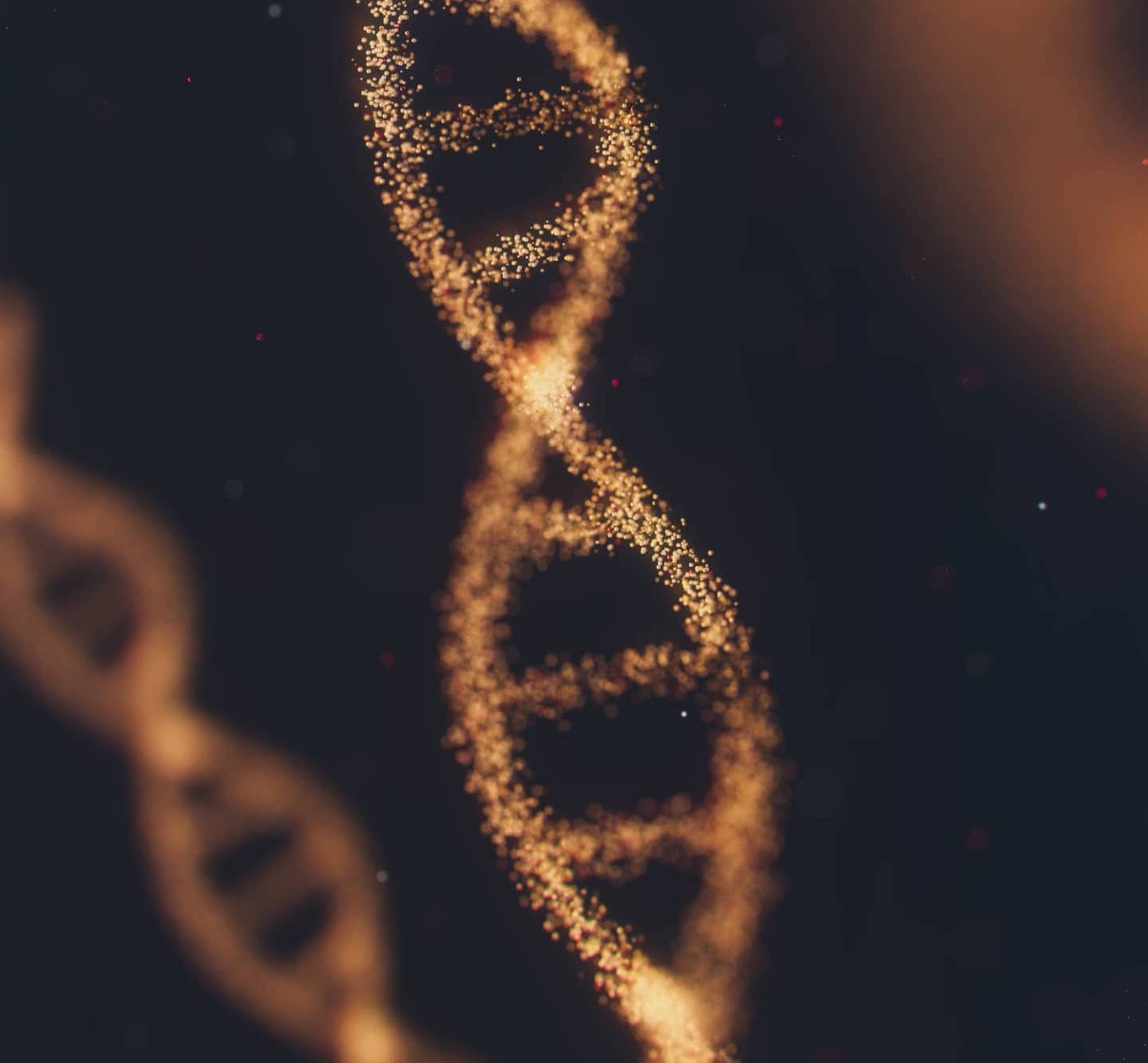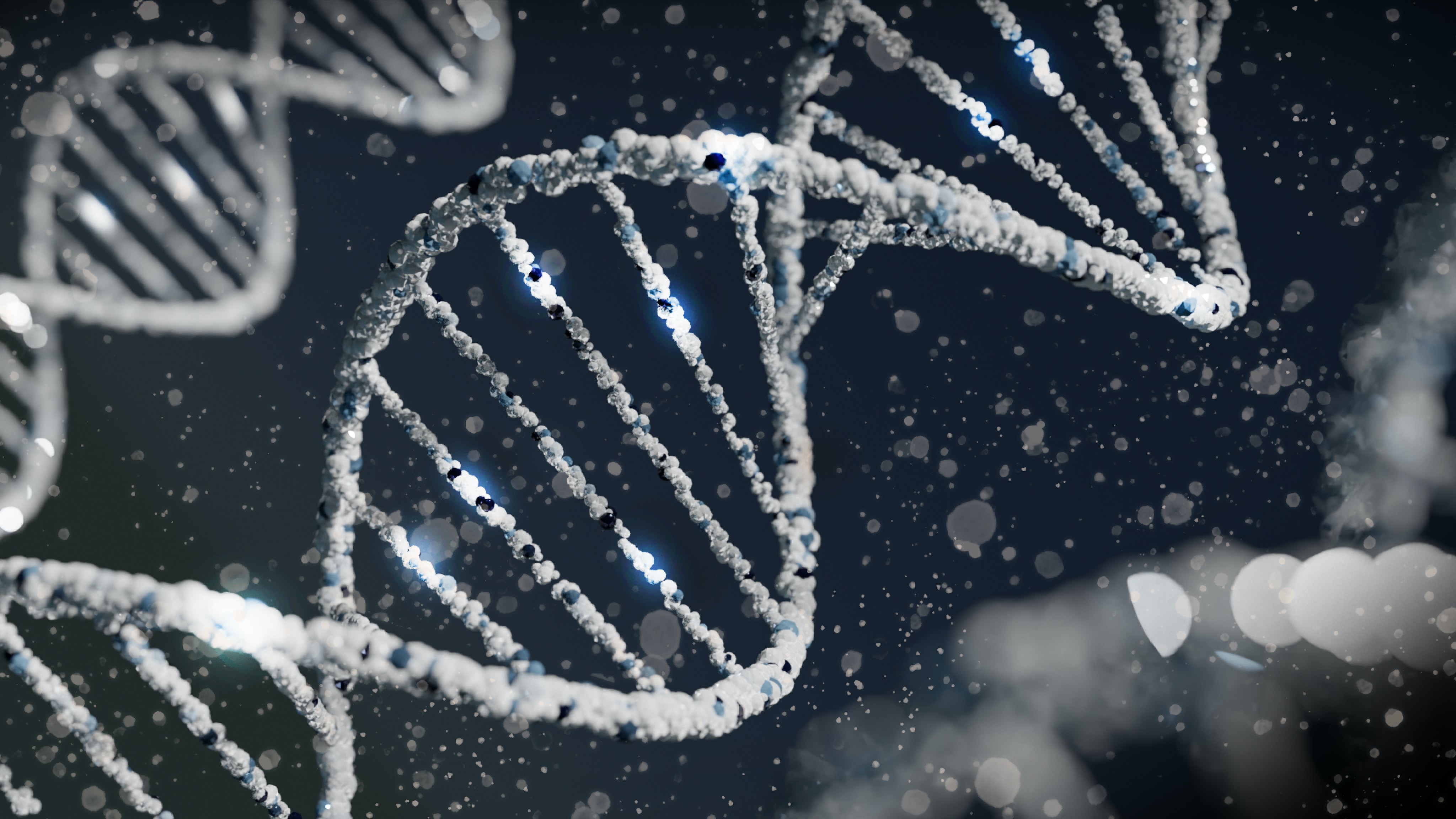Selfish Gene

Every organism is selfish because of the gene..
Have you ever wondered about the origin of a species? Why are we all here? Where do we come from? The theory of evolution focus on how an organism compete for survival and how that competition shapes a species over multiple generation. If we look closely, the contest also plays out at a much finer level, level of the gene.
Disclaimer
This post does not advocate any morality or social behaviour, it is purely an explanation from an idea I think is pretty interesting, so enjoy :)
Part 1: Idea of Selfish Gene
The theory of evolution by Charles Darwin is probably one of the most famous theory that explains how organisms evolve through the process of natural selection. Before going into the idea of the selfish gene, let’s get over some definitions.
But what is gene? A gene is a stretch of chromosomal material that influences an organism’s trait, it can be copied or passed on to future generation. It is common to know that an offspring will contain a variety of traits (some from the mother, some from the father and unique ones caused by mutation). As a population of a species go out of space and/or food, they will automatically start to compete for survival (struggle of existence). Individual that happens to have a better traits for survival and reproduction tend to survive more often and have more offspring with similar traits. Any new mutation that potentially makes life easier in the environment, they will often be promoted and evolve. This is evolution by natural selection.
Note that genes do not have minds or any self-conscious. Both genes that code for opposing traits are kinda a rivals in the struggle for existence. In the context of natural selection, it happens automatically that a gene that code for a certain trait has a definite advantage for survival than the other, the “weaker” gene will be eliminated. Being selfish in nature, ensures higher chances of survival.
We, organisms of the world, are merely a house built by the gene for themselves. From the gene’s eye perspective, our function is to reproduce and make copies of the gene to be passed on to the next generation. The genes/copies of gene will live on indefinitely if we reproduce, even though we will eventually die.
Images

Part 2: Biological Altruism
Not everyone is selfish, apparently
In part 1 we discussed about the selfish gene. Being selfish in nature, ensures a higher chance of survival in the context of natural selections. However, you might have wondered that, some altruistic behaviour are easily observed in certain species, sometimes even sacrifice themselves for others. So how do these behaviour associates with being selfish in anyway?
A very good explanation for these behaviour would be by using an examples. Honeybees’ stingers are covered in backward-facing barbs that, when attack, the stinger will be trapped in the intruders. If the bee tries to fly away, its internal organs will be ripped out and dies, so that the stinger stays and keeps pumping the venom. It does seem like a great defense for the bees, but how can this suicidal defense system evolve? One would suggest that a mutation that can make their body strong enough to hold their stinger in place for better at survival, right?
In the gene’s eye perspective, in order for the genes to survive, the host can either reproduce, or protect the other organisms that share the same genes. What we know is that worker bees are sterile, so it makes perfect sense that the bee has to kill itself for the organisms that carry its gene. If a trait helps another host that carries the copy of your genes to survive and reproduce, teamwork is the best option. This is called indirect fitness.
A suicidal stinger gene is shared by all or many of the bees, if one suicidal sting is so much more effective that it saves the lives of other bees, natural selection will favour that gene. Sometimes the best interests of a gene does not necessarily align with the best interests of the host. As Richard Dawkins puts it
The death of a single sterile worker bee is no more serious to its gene, than is the shedding of a leaf in autumn to the genes of the tree.Images


Part 3: Meme
You’re more than your genes, you’re also made of memes..
The memes that we all love to see from the internet, have a biological meaning in terms of the selfish gene. So have you ever wondered what is a meme in the context of biological evolution and how does it relate to the gene?
In the selfish gene, Richard Dawkins brought out the idea on not just the gene but the existence of a self-replicating unit of transmission (making copies of themselves). He proposed that human culture was composed at least in part of units that were like genes. This is what he called memes, a kind of replicator that behaves like genes in human culture, also acts as the unit of cultural inheritance.
Very much like genes, memes survive, replicate and change through the evolution of culture like natural selection in biological evolution. Think of cultural entities as replicators, such as melodies, fashions and skills, they can be replicated through exposure of human. Memes do not get copied exactly, they can be combined, modified or refined to create new memes. Sounds familiar? It’s exactly like mutation in genes!
Successful memes remains and replicate, whereas the unfit ones stall and are forgotten. The longer a meme stays in the host, the higher its chances of propagation are (retention). As human are mortal, memes need transmission, where they are copied from one person to another by communication or imitation. The act of copying an idea from one brain to another is equivalent to the act of reproduction at the genetic level.
With the idea of memes, a field of study called memetics arose and have many useful and meaningful applications, such as in culture analysis, public relations and even computing
Keywords
- Charles Darwin: Charles Darwin is best known for his contributions to evolutionary biology. His proposition that all species of life have descended from common ancestors is now widely accepted and considered a fundamental concept in science.
- Richard Dawkins: Richard Dawkins is a British evolutionary biologist and the author of some famous books such as The Selfish Gene and The God Delusion. He is an atheist, and he is well known for his criticism of creationism and intelligent design.
- Trait: A distinguishing and genetically determined characteristic, for example eye colour, skin tone etc.
- Mutation: Occurs when a DNA gene is damaged or changed in such a way as to alter the genetic message carried by that gene. This results in a variant form that may be transmitted to subsequent generations.
- Altruism: Disinterested and selfless concern for the well-being of others.
- Sterile: Not being able to produce any children or offspring.
References
Part 1
https://en.wikipedia.org/wiki/The_Selfish_Gene
https://www.youtube.com/watch?v=KqdlBOoZsXo
Part 2
https://plato.stanford.edu/entries/altruism-biological/
https://www.youtube.com/watch?v=6gE_IPTXznM
Part 3
https://www.youtube.com/watch?v=5fG-3f4f0hA
https://www.youtube.com/watch?v=4BVpEoQ4T2M&t=103s